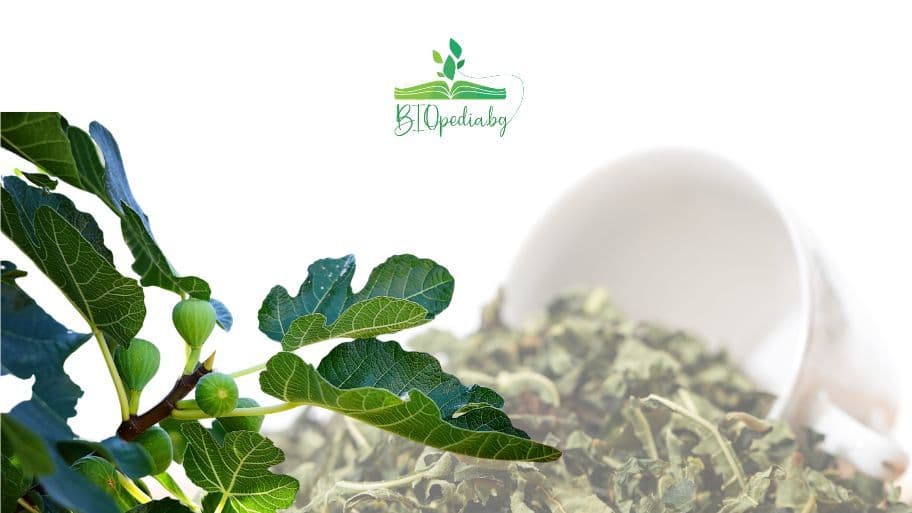Making a meal with gluten-free flour might sound like a real challenge for many of us. However, replacing traditional culinary flours with gluten-free ones is an important choice that many of us will make. Read this article on "Biopedia" to learn more.
There can be many reasons for this culinary change, from gluten intolerance to a special fat melting diet, or simply a desire for healthier eating habits. It doesn't really matter what prompts us to choose gluten-free flour over classic white flour. One thing's for sure - as intimidating as working with gluten-free flour may seem at first, once we learn how to cook and bake with it, we won't think twice about going back.
One of the things that startles newbies the most when they first step into the world of gluten-free flours is how huge a variety of them there are. That's right, gluten-free flour is actually a collective term for dozens of different types of flours that you can purchase from the store or make at home.
Unlike plain white flour, which can literally be used for any culinary purpose, things are different when we talk about gluten-free flour. While some gluten-free flours can be used on their own, you'll usually get the best results by mixing several different types.
There is no universal formula for mixing gluten-free flours.

Believe us, the effort is worth it, because mixing different types of gluten-free flours is not just a fun kind of science, but a window into a whole new and exciting gastronomic world. Who wouldn't want to peek through it, right?
The main problem with gluten-free flours is that they don't have... well, gluten, exactly. And gluten is the glue that makes dough elastic and with a texture suitable for kneading and rolling, and for various desserts or savoury dishes. That's why starch plays a very important role in mixing different types of gluten-free flours. It is the component that replaces gluten and fulfils its role.
No, there are no different categories for gluten-free flour on the market, you will not find packaging with such a designation. Rather, when we talk about categories we mean the three different categories that gluten-free flour mixes fall into. They are as follows: light, medium, heavy. The three categories relate to the density of each flour mix, but also to its nutritional value, also how easy each flour is to use on its own and in a blend.
Light gluten-free flours - this includes all starches, which are also a major component of flour blends
Medium gluten-free flours - this includes flours that have a higher nutritional value than starches and although they are quite light when used in recipes, they are much more stable and easy to use on their own and with flour blends.
Heavy gluten-free flours - here we include all flours that are high in nutritional value and very dense. These can rarely be used on their own and are often "lightened" with other types of flours.
Arrowroot starch - this type of starch is very easy for the food system to absorb. Arrowroot starch is a combination of the edible roots of several different plants, mainly originating in India. It is often used to thicken sauces, and is known as the healthier alternative to cornstarch.
Corn starch - this type of starch is a great choice for creating elasticity in dough when working with gluten-free flours. It is also often used for thickening.
Potato starch - probably the most popular on our market. Potato starch is recommended when making moister doughs and is often featured in recipes for homemade pastries and savoury baked goods.
Tapioca Starch/Flour - Tapioca starch is extracted from the root of a plant. It is often used for thickening purposes, but often in combination with other flours. Tapioca starch can be safely mixed with heavy gluten-free flours because it "lightens" them to a texture suitable for baked goods.

Fava bean flour - quite often fava bean flour can be found on sale as a blend with chickpea flour. This flour produces a very fluffy texture and well risen baked goods, but has a specific taste that you may not like.
Chickpea flour - one of the most commonly preferred and used gluten-free flours. It is also a very versatile flour and resembles white flour in results. The only important thing to highlight is that it has a recognizably bean taste. It can be used on its own, or in a mixture with starch.
the baked goods will rise.
Millet flour - millet flour is dry and has a nutty flavor. However, it has a fairly high starch content, making it light and quite similar to whole wheat flour. It has a high protein content.
- Oatmeal flour - made from crushed oatmeal. It is rich in vitamins and fiber.
Baked with it, it rises very well and can be used on its own or mixed with other types of flours.
Quinoa flour - has a recognisable quinoa flavour. It can be used alone or in combination with other flours. It is quite nutritious, rich in minerals and vitamins, and has a great texture.
White rice flour - a rich and nutritious flour with a rather grainy texture. Quite widely used gluten-free flour.

Almond flour - Almond flour is a great alternative for people who are on a ketogenic diet. It is rich in protein, and adds a buttery flavor to baked goods. Using almond flour, you can get juicy baked goods. It is recommended to be mixed with other flours or starches.
Amaranth flour - obtained from the seeds of the amaranth plant. It is dense and rich in nutrients. Can be used alone or in combination with other medium flours.
Brown rice flour - this is the gluten-free flour that is closest to whole wheat flour. A very dense and nutritious flour. Can be used in a mixture with starch or with other medium flours.
Coconut flour - another flour that is suitable for people on a keto diet. This is a very highly absorbent flour, which is why it is used in small amounts and in combination with other flours.
Corn flour - a very dense flour that gives a great texture to any baked good.
 Share article
Share articleLatest
Fig Leaf Tea | Amazing Health Benefits
Bio HealthAre "sustainable" plastics really eco-friendly?
Bio Causes5 reasons why your kitchen is not environmentally friendly
Bio Causes5 bioplastics that meet modern requirements
Bio CausesHomemade rose water | Transform your skin
Organic productsRose damascena | Specifics and method of cultivation
Bio CausesRosehip tea - its benefits and harms
Organic productsCaptivating Classic: Your Favorite Apple Tart Recipe
Organic recipesFollow us
mybiopedia





Comments